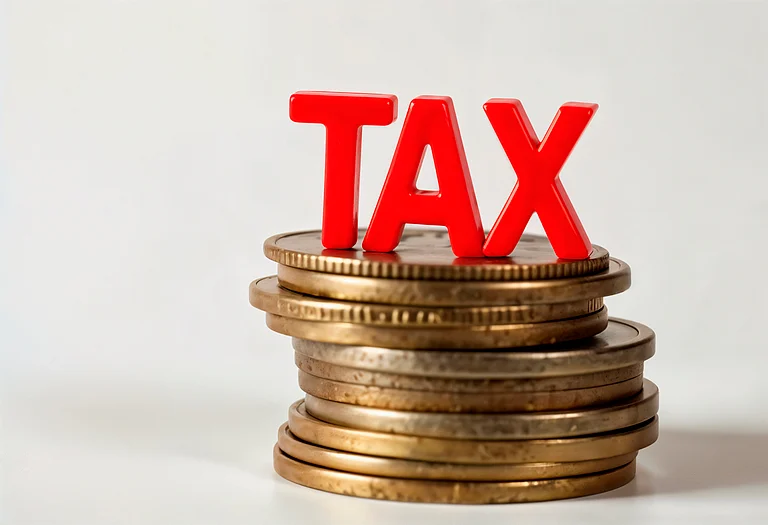Looking at the favourable bias towards the New Tax Regime I had anticipated that the Finance Minister would scrap the Old Tax Regime altogether but instead of doing it in one go, she has put the old tax regime on a ventilator. Let us understand how the New Tax Regime will work with the latest amendments.
To whom this is applicable
Against the general perception that the new tax regime is available to individuals only factually the new tax regime is applicable to all individuals, HUF, Association of Persons (AOP) and Body of Individuals (BOI). This is available whether the qualifying tax entities are resident or non-residents.
Does the income up to Rs. 12 lakh become tax-free for every taxpayer?
A perception is being created among the general public that you do not have to pay any tax in case your income does not exceed the threshold of Rs. 12 lakhs. This is not true. Let me explain it in detail.
Under the old tax regime, the basic exemption limit remains Rs. 2.50 lakhs but under the new tax regime, it has been increased from 3 lakhs to 4 lakhs. The first tax slab rate of 5 per cent will apply to income between 4 lakhs and 8 lakhs and the tax rate will increase by 5 per cent for each 4 lakh of income up to Rs. 24 lakhs and beyond which your income will get taxed at 30 per cent under the new tax regime.
However, in case you are a resident individual you will not have to pay any tax on your regular income as long as your income, which is subject to slab rate taxation, does not exceed Rs. 12 lakhs due to rebate of tax available under section 87A of the income tax Act. The maximum rebate available under section 87 for the new tax regime is Rs. 60,000/- whereas under the old tax regime, it is restricted to Rs. 12,500/-. So you do not have to pay any tax as long as your regular income does not exceed Rs. 12 lakhs. For salaried people, it is Rs. 12.75 lakhs due to the standard deduction available to them.
In case you are a non-resident individual or even a resident HUF, AOP or BOI you are not entitled to rebate under Section 87A and will have to pay tax at the slab rates under the new tax regime on income over 4 lakhs. Moreover, you still have to pay tax on your income which is subject to special rates of tax like tax on long-term capital gains, short-term capital gains on listed equity and equity funds, lottery, cryptocurrencies, etc. Even if your income does not exceed the threshold of Rs. 12 lakhs.
So in case your entire income comprises long-term capital gains of Rs. 5 lakhs, you will still have to pay tax on Rs. 1 lakh at 12.50 per cent even if you are a resident individual and your income does not exceed the threshold limit of Rs. 12 lakhs for rebate under Section 87A under the new tax regime.
For whom the old tax regime still works?
Since the difference between the basic exemption limit under the old and new tax regime is Rs. 1.50 lakh, which is the amount of deduction available under Section 80C even for those who claim deduction under Section 80C the old tax regime does not make sense. Then you are left with a deduction under Section 80D for mediclaim, LTA and HRA. LTA benefit can be claimed twice in a block of four years for domestic travel with your spouse, child, parents and dependent siblings, the amount can not exceed Rs. 50,000/- for each year.
This benefit is offset by lower tax rates offered under the new tax regime. Even for all those paying rent and claiming HRA exemption the old tax regime will not be so attractive. Persons who have business income the new tax regime in all the cases is attractive unless you have losses to carry for and set off.
The old tax regime will only be beneficial for those salaried people who are earning high salaries and are claiming HRA benefits for a significant amount of rent being paid especially in metro cities. Even amongst persons with income more than 5 crores the new tax regime is beneficial as the surcharge payable on your income tax is capped at 25 per cent against 37.50 per cent under the new tax regime in case your taxable include excluding dividends and long-term capital gains and short term capital gains on listed shares and equity scheme exceeds five crore rupees.
I feel that with the revamped new tax regime, almost 95 to 98 per cent of the taxpayers will opt for the new tax regime. From the above discussion, it becomes apparent that the old tax regime will be beneficial only for a limited number of taxpayers.
Balwant Jain is a tax and investment expert and can be reached on jainbalwant@gmail.com and @jainbalwant on his X handle
(Disclaimer: Views expressed are the author’s own, and Outlook Money does not necessarily subscribe to them. Outlook Money shall not be responsible for any damage caused to any person/organisation directly or indirectly.)















